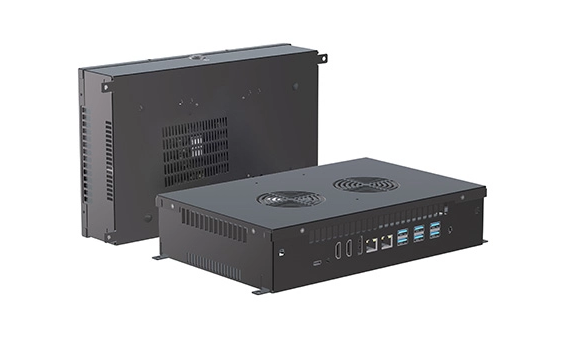In today’s fast-paced industrial landscape, equipment failure can lead to significant downtime, financial losses, and compromised safety. Understanding how to effectively solve equipment failure is crucial for maintaining operational efficiency and ensuring the longevity of machinery. This article delves into the multifaceted approach required to address equipment failure, offering practical strategies and insights that can be implemented across various industries.
Understanding Equipment Failure
Before diving into solutions, it’s essential to grasp the underlying causes of equipment failure. Equipment can fail due to a variety of factors, including:
- Wear and Tear: Over time, components can degrade due to continuous use, leading to malfunctions.
- Improper Maintenance: Neglecting routine maintenance schedules can exacerbate minor issues, resulting in major failures.
- Environmental Factors: External conditions such as temperature fluctuations, humidity, and dust can impact equipment performance.
- Human Error: Mistakes during operation or maintenance can lead to equipment damage.
- Design Flaws: Inherent weaknesses in the design of the equipment can predispose it to failure.
Step-by-Step Approach to Solving Equipment Failure
- Immediate Response and Assessment
When equipment failure occurs, the first step is to halt operations to prevent further damage. Conduct a thorough assessment to identify the nature and extent of the failure. This involves:
- Visual Inspection: Look for obvious signs of damage, such as leaks, cracks, or unusual noises.
- Diagnostic Tools: Utilize diagnostic software and tools to gather data on equipment performance and identify error codes.
- Consultation with Operators: Engage with personnel who operate the equipment to gather insights on any anomalies observed prior to the failure.
- Root Cause Analysis (RCA)
Once the immediate threat is contained, it’s vital to conduct a Root Cause Analysis (RCA). This systematic process helps identify the fundamental reasons behind the failure. Common RCA techniques include:
- 5 Whys: Asking why repeatedly (typically five times) to drill down to the root cause.
- Fishbone Diagram: A visual representation that categorizes potential causes of failure into various categories (e.g., people, processes, materials, equipment).
- Failure Mode and Effects Analysis (FMEA): A proactive approach that evaluates potential failure modes and their impact on operations.
- Implementing Solutions
After identifying the root cause, the next step is to implement effective solutions. Depending on the nature of the failure, solutions may include:
- Repair or Replacement: If a component is damaged beyond repair, replacing it with a new part may be necessary.
- Upgrading Equipment: In cases where equipment is outdated, investing in newer technology can enhance reliability and efficiency.
- Adjusting Maintenance Protocols: Revise maintenance schedules based on the insights gained from the failure analysis. Implement predictive maintenance strategies using IoT sensors to monitor equipment health in real-time.
- Documentation and Continuous Improvement
Documenting the failure and the steps taken to resolve it is crucial for future reference. This documentation should include:
- Failure Details: Date, time, and circumstances surrounding the failure.
- Analysis Findings: Insights gained from the RCA process.
- Actions Taken: Detailed descriptions of repairs, replacements, or upgrades performed.
Additionally, fostering a culture of continuous improvement is vital. Regularly review equipment performance and failure incidents to identify trends and areas for enhancement. Implementing a feedback loop can help refine processes and prevent future failures.
Training and Development
Investing in training for employees is another critical aspect of preventing equipment failure. Ensuring that operators and maintenance personnel are well-versed in equipment handling, maintenance protocols, and troubleshooting techniques can significantly reduce the likelihood of human error. Consider the following training initiatives:
- Hands-On Workshops: Practical training sessions that allow employees to familiarize themselves with equipment.
- Safety Protocols: Regular training on safety measures to minimize risks associated with equipment operation.
- Technology Updates: Keeping staff informed about new technologies and maintenance practices.
Conclusion
Solving equipment failure is a complex process that requires a systematic approach, from immediate response to long-term preventive measures. By understanding the causes of failure, conducting thorough analyses, implementing effective solutions, and fostering a culture of continuous improvement, organizations can significantly reduce downtime and enhance operational efficiency. Investing in employee training and leveraging technology will further bolster these efforts, ensuring that equipment remains reliable and effective in the face of challenges.


